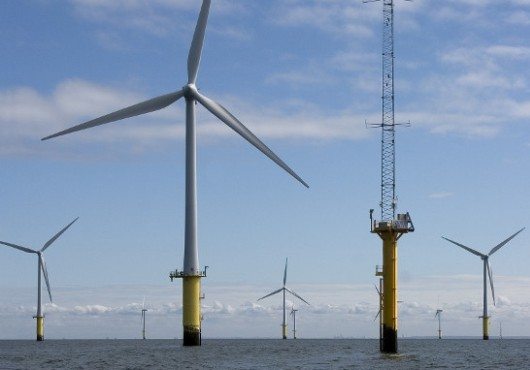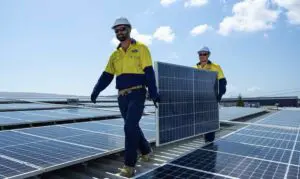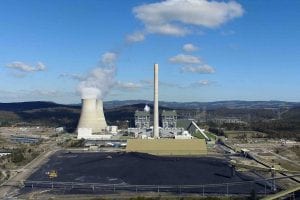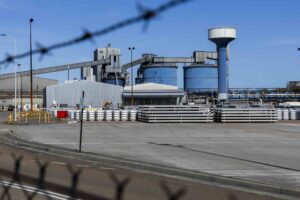European electricity transmission system operator TenneT has flagged the potential of massive “offshore energy islands”, potentially as big as 12 gigawatts to supply power to northern European countries such as Germany, the Netherlands, and Denmark.
TenneT chief executive Manon van Beek raised the idea of a 12GW offshore energy island in the North Sea at webinar, Europe’s Offshore Wind Vision, last week which involved ministers and top officials from Germany, the Netherlands, Denmark, the CEOs of many of Europe’s transmission system operators (TSOs), and European renewable energy trade bodies.
These energy islands, or hubs, have been a perennial topic of conversation over the last few years, focused particularly on helping Europe meet its climate goals.
Denmark announced back in May its own plans to develop two energy islands that will supply the country with 4GW of clean electricity.
The current plan, part of the Danish government’s first climate action plan, is to build two energy islands by 2030. The first, an artificial island in the North Sea, would start out with 2GW of offshore wind capacity and have room to expand to 10GW, while the second, on the island of Bornholm in the Baltic Sea, would also start out with a capacity of 2GW.
However, the idea of energy islands dates back further. In fact, all the way back in 2017, three European TSOs, including TenneT, proposed the North Sea Wind Power Hub.
Originally perceived as one mammoth hub that could include anywhere between 70GW to 100GW of offshore wind – enough electricity to supply as many as 70 to 100 million Europeans with renewable energy by 2050 – the North Sea Wind Power Hub has undergone shifts which have evolved into smaller modular hubs of 10GW to 15GW.
Numerous ideas have been floated, but the premise remains the same – harness the North Sea’s favourable wind conditions as a resource to supply nearby European countries with clean electricity to meet ever more ambitious climate ambitions.
The Europe’s Offshore Wind Vision webinar saw unanimous agreement over the need for such energy islands – described by WindEurope, the European trade body for wind, which was in attendance, as “hybrid offshore wind projects”, which is to say, “wind farms that have a grid connection to more than one country” – as a vital way in which to deliver on the European Union’s vision of 450GW worth of offshore wind capacity by 2050.
TenneT Holding BV chief executive Manon van Beek declared that Europe needed to “bring offshore wind to the next level” and that neighbouring European states needed to strengthen their levels of cooperation.
“We must take a step in the direction of a European roadmap that is based on cross-border collaboration,” van Beek said. “We really have to move now from national to international projects. We need a European framework, a European regulatory framework.”
WindEurope called on the European Union to facilitate these energy islands and to develop an enabling framework that clarifies the market arrangements while incentivising wind farm developers to invest.
“Hybrid cross-border offshore wind farms, with connections to more than one country, will be a big part of offshore wind,” said WindEurope CEO Giles Dickson. “They save money and space and improve energy flows across Europe. The EU needs to create a framework ASAP that will allow Europe to start developing these projects.”
One option put forward by WindEurope is for these energy islands to “have their own stand-alone bidding zones.” But this would require a fairer distribution of TSO congestion revenues to wind farm owners, to give them the revenue perspective needed for investment.
“Such a model may require changes to regulation. These would take some time to agree. So the sensible thing would be to apply transitional arrangements for those hybrid projects that the industry want to start taking forward now. Europe must avoid a delay in developing these projects while we wait for clarity on the rules,” WindEurope said.








